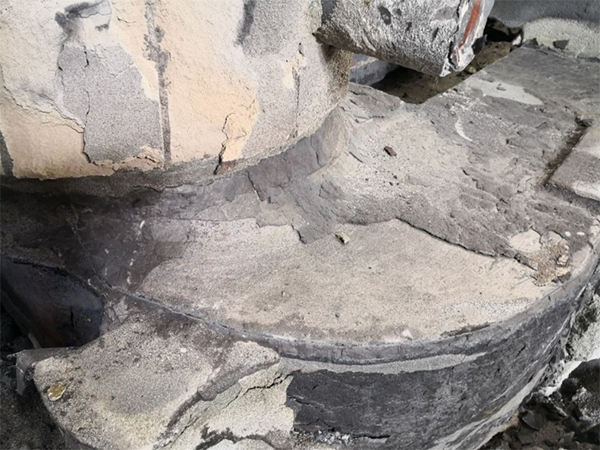The World of Sand Casting Manufacturers An Overview
In the realm of manufacturing processes, sand casting stands out as one of the oldest and most versatile methods for creating metal components. With roots tracing back to ancient civilizations, this technique has evolved significantly over the years, yet its fundamental principle remains unchanged. Today, numerous sand casting manufacturers are available worldwide, providing diverse industries with high-quality castings that meet varying specifications.
Understanding Sand Casting
Sand casting involves the process of creating a mold from sand, into which molten metal is poured to form a desired object. The mold-making process typically requires a pattern, which is an exact replica of the desired final product. The sand used in this process is often mixed with a binding agent, ensuring stability and shape retention when the molten metal is introduced. After the metal cools and solidifies, the sand mold is broken away to reveal the final cast piece.
One of the primary advantages of sand casting is its adaptability to produce a wide range of sizes and complex geometries. This flexibility makes it suitable for numerous applications, including automotive parts, marine components, industrial machinery, and decorative items.
The Role of Sand Casting Manufacturers
Sand casting manufacturers play a crucial role in the production supply chain. They not only execute the casting process but also provide services such as pattern making, mold design, and finishing techniques to ensure that the final products meet client specifications. Some key services offered by these manufacturers include
1. Pattern Making The creation of a pattern is critical to the sand casting process. Manufacturers use various materials, from wood to metal, to ensure that patterns can withstand repeated use, especially in high-volume production.
2. Mold Design Effective mold design is essential for producing high-quality castings. Manufacturers leverage advanced technology, such as computer-aided design (CAD), to create molds that enhance the precision and accuracy of the castings.
3. Casting Services Once the patterns and molds are set, manufacturers pour molten metal into the cavities. This stage requires meticulous thermal management to avoid defects and ensure structural integrity.
sand casting manufacturers

4. Post-Casting Operations After cooling, castings often require additional processes, including machining, polishing, and surface treatment. Sand casting manufacturers typically offer these services to provide a complete solution for their clients.
Quality Control in Sand Casting
Quality assurance is paramount in the sand casting industry, as defects can lead to significant economic losses and safety hazards. Manufacturers adopt various quality control measures, including thorough inspections and testing procedures, to ensure that the final products conform to established standards.
Innovative technologies such as non-destructive testing (NDT) techniques and real-time monitoring systems help manufacturers identify defects early in the production process. Additionally, many manufacturers adhere to international standards (such as ISO 9001) to maintain consistent quality and reliability.
Market Trends and Innovations
The landscape of sand casting manufacturing is constantly evolving, driven by technological advancements and changing market demands. The emergence of 3D printing technology, for instance, is reshaping traditional sand casting practices. By enabling rapid prototyping and complex designs, 3D printing enhances the overall efficiency of the manufacturing process.
Moreover, with the increasing emphasis on sustainability, many sand casting manufacturers are adopting eco-friendly practices. This includes using recyclable materials and innovative binder systems that reduce the environmental impact of the casting process.
Conclusion
In conclusion, sand casting manufacturers are integral to the manufacturing ecosystem, turning raw materials into valuable components across various industries. Their ability to adapt to changing technologies and market demands ensures that they remain competitive in an ever-evolving landscape. As industries continue to innovate and pursue sustainability, sand casting will undoubtedly retain its relevance, proving that traditional methods can coexist harmoniously with modern advancements. For stakeholders looking to leverage the benefits of sand casting, understanding the capabilities and services of these manufacturers is essential for fostering successful partnerships and driving business growth.
Post time:dec . 05, 2024 14:16
Next:wet sand 3d print
